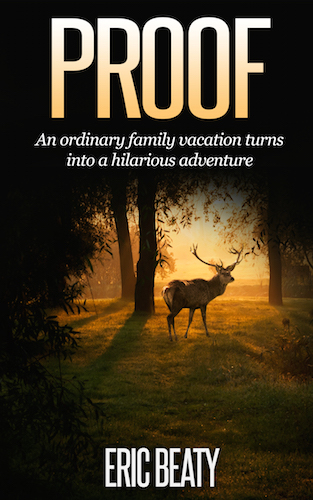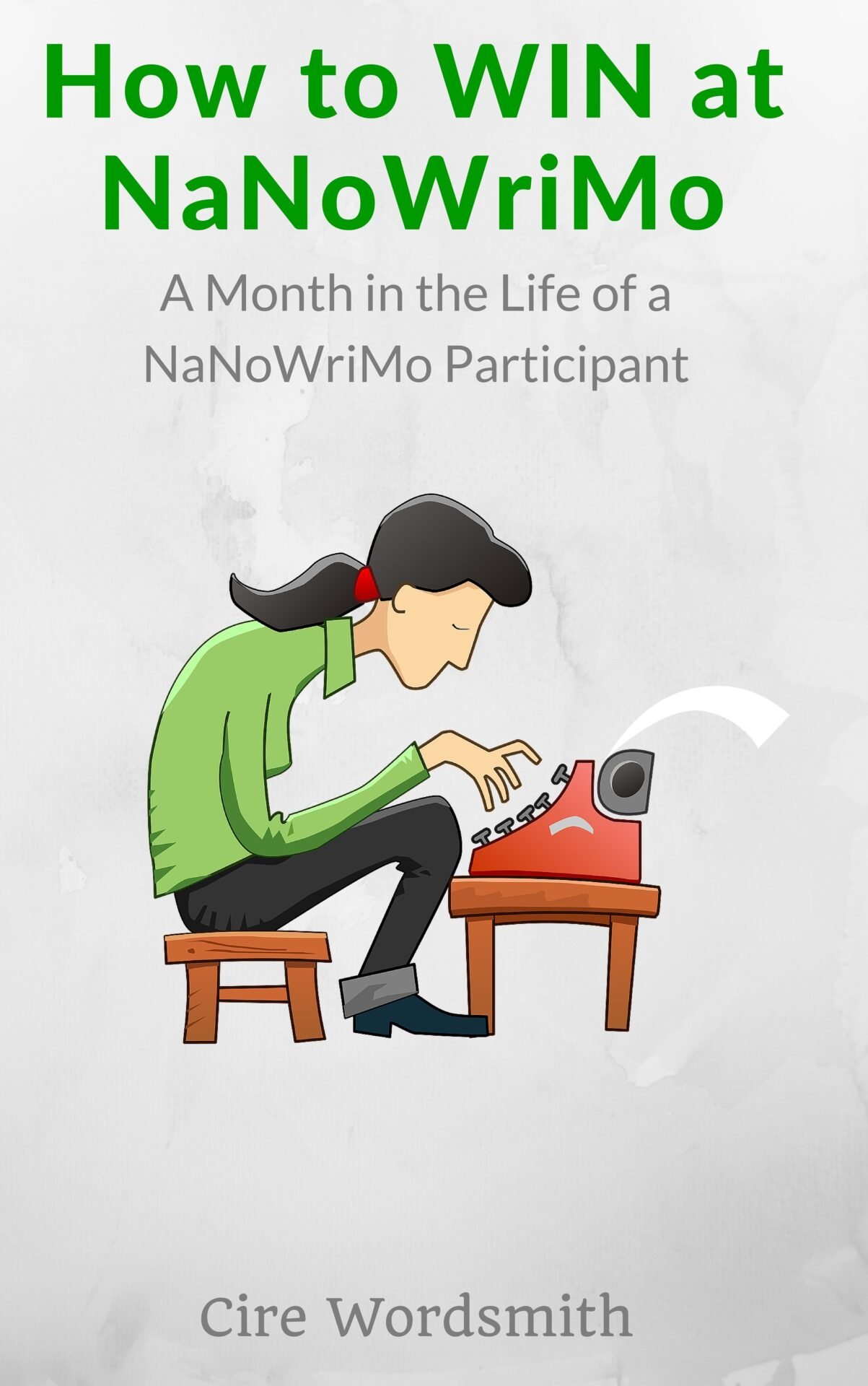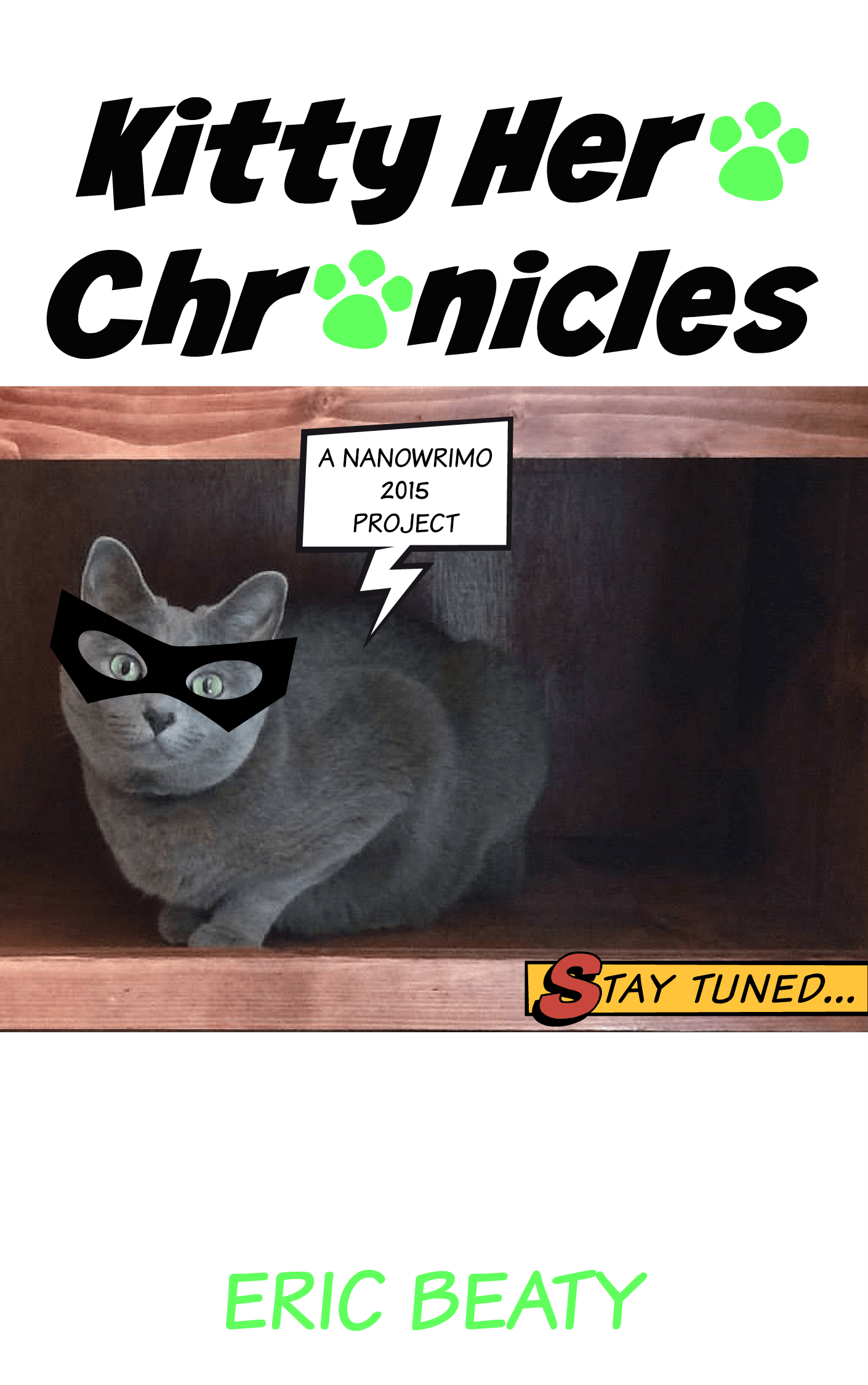Have you ever wondered which writing method to choose for your book/stories? To outline or not to outline; to pants or not to pants? May I suggest to you this wonderful book by author Dean Wesley Smith who has been there, done that, and..."wrote the book" on the subject!
More...
Writer's Block? Not on Dean Wesley Smith's Watch!
After reading a sample of Writing into the Dark: How to Write a Novel without an Outline by Dean Wesley Smith and then reading the helpful reviews of others, I immediately bought this book. I've had so much frustration recently while listening to the "professionals" on how to write a novel that I lost hope and abandoned my first novel many years ago.
Recently, however, I finished the first draft of said novel, trying to combine my own simple three-scene-per-chapter outlines with "pantsing" my way through until the end. This helped me get a sense of how to finish the novel while not feeling too restricted by outlining everything along the way. In other words, I had plenty of freedom to go on tangents—or "paths" as Smith calls them.
Now, after breezing through this inspiring book, it's nice to know I'm not writing the "wrong" way or breaking any "rules." There are none, really.
A Little About Dean Wesley Smith
As I said before, Smith's been there and done that. As his website states:
"Considered one of the most prolific writers working in modern fiction, USA Today bestselling writer, Dean Wesley Smith published far over a hundred novels in forty years, and hundreds and hundreds of short stories across many genres."
dean wesley smith
Also, DWS has written several commercial novels for franchises such as Star Trek, Spider-Man, X-Men, Men in Black, and novels set in gaming and television worlds.
Having such an anthology of works under his belt qualifies him to be a leading authority on the subject...and causes me to pay attention to what the man has to say!
MVTs (Most Valuable Takeaways)
In Writing into the Dark: How to Write a Novel without an Outline (the first book I've bought from DWS), Smith gives many helpful and motivating tips—some of which I was already using but hadn't realized the full potential of—on how to make it to the end of a first—and ONLY—draft and on to publication.
Since that frustrating experience with my first novel, I've been dying to experiment with other ideas I've had regarding fiction. What's held me back from doing so? Because I didn't have a clue where to start.
This was due mainly to the suggestions made in the books I've recently been reading by several reputable—and also inspiring in their own right—indie authors that recommend the outlining process BEFORE you begin writing. (Books by Larry Brooks and K.M. Weiland come to mind.)
However, now that I've devoured this book in just a couple of days—and will definitely refer to it time and again—I know it's okay to:
- Outline as you go.
- Use Cycling to continue refining my first draft.
- Not feel restricted to writing—and editing—in a strictly Linear fashion (see Ch. 7 "Unstuck in Time," an invaluable, revelatory, and freeing chapter).
- Silence my Critical mind. (While reading about this it reminded me of Steven Pressfield's idea of "Resistance" in his book The War of Art.)
- Trust the process.
Final Thoughts on Dean Wesley Smith's Writing into the Dark
My only complaint (minor but valid, I think) is that Smith doesn't really address the problems of story structure as it relates to plot points such as Three Act Structure, Pinch Points, Climax, Denouement, etc., that relate to how a story is developed. He mentions a "Sense of Novel Structure," but basically refers back to the outline he creates AFTER writing the chapters/scenes.
Structure as it relates to the previously mentioned plot points has a lot to do with pacing, theme, character arcs, and the like; so even if you're writing "into the dark," I'd imagine you'd need some sense of when and where to put these elements in. But that may be just my "critical mind" worrying about what the "professionals" recommend, so take that with a grain of salt.
While there are some pieces of information that I will likely decide to skip over in my own writing (I somehow feel as if I'll end up doing multiple drafts of works even if I apply some of these principles, as opposed to just one draft), it's good to know that even DWS encourages us in his book to take what works and leave the rest out. After all, you are you and shouldn't feel as if you should be—or write like—someone else in order to achieve success in your own writing.
Overall, the book is a rare gem, finally putting into words several aspects of writing that many of us may already do instinctively—or would do if we felt we had "permission" to.
Smith gives us that permission freely and encourages us to run with it...all the way to the end of your story. Writing into the Dark: How to Write a Novel without an Outline is a fast read, but it's as it should be: the length it needs to be, without all the fluff.
If you’ve found this content to be valuable to you, please share it with others whom you feel it will also benefit by using the share buttons conveniently located below. Also, be sure and add this page to your favorites or bookmarks for future reference. Thank you.
Featured Resources
Question: What's your preferred method of writing stories? Has reading DWS's book changed the way you think about writing, and is it something you'd consider trying?
Leave a comment below and tell us all about it.




